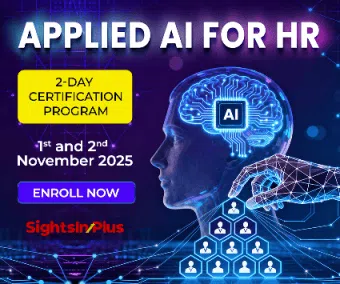The global pandemic has prompted a revolutionary shift in the way people work. When and where work happens is in flux and co-evolving with technology. One of the most significant changes has been the rise of hybrid work, which allows for a combination of remote and in-person work.
This approach recognizes that there is no one-size-fits-all solution and allows employees to tailor their work arrangements to their individual preferences, projects, and jobs.
For example, some organizations are now allowing employees to work from anywhere, giving them the flexibility to work from home or other locations. Additionally, asynchronous working has become more common, which allows employees to complete their work on their own schedule rather than adhering to a rigid 9-to-5 schedule.
Overall, the shift towards hybrid work and flexible work arrangements reflects a growing recognition that traditional work structures may not be the best fit for everyone and that different people have different needs and preferences when it comes to how they work.
While hybrid work has many benefits, there are also some potential downsides that organizations and employees need to be aware of. Here are a few examples:
Communication challenges: When some team members are working remotely and others are in the office, it can be more challenging to communicate effectively. It’s important to establish clear communication channels and protocols to ensure that everyone is on the same page.
Social isolation: Remote workers may feel more isolated and disconnected from their colleagues, which can impact their motivation and productivity. Employers should make an effort to create opportunities for remote workers to connect with their colleagues and build relationships.
Difficulty with collaboration: Collaborative work may be more challenging in a hybrid work environment, especially when some team members are in different time zones or working on different schedules. Employers should consider using collaboration tools and technologies to help facilitate teamwork and communication.
Inequitable access to resources: Remote workers may not have access to the same resources and technology as those in the office, which can create an uneven playing field. Employers should ensure that all team members have access to the resources they need to do their job effectively.
Blurring of work-life boundaries: With the flexibility of hybrid work, it can be more challenging to establish clear boundaries between work and personal life. Employers should encourage employees to take breaks and establish routines to help maintain a healthy work-life balance.
Digital Technologies are shaping the Hybrid Work Era. Evolution of WFH Technologies will focus on fostering collaboration, team connections and communication. And this tech will become just as revolutionary as video calls and cloud file-sharing once were.
We are seeing new hybrid meeting environments, transformative collaboration, novel applications of recommender systems in the workplace and of course, the use of VR and AR productivity environments.
Artificial intelligence is no longer a technology of the future; AI is here, and much of what is reality now would have looked like sci-fi just recently.
Artificial intelligence (AI) can play a vital role in enhancing employee engagement in hybrid work models.
Personalization: AI can personalize the employee experience by analysing individual preferences, work styles, and performance data.
Real-time feedback: AI can help provide real-time feedback to employees on their work performance, productivity, and work-life balance. This feedback can help employees stay motivated and engaged, and managers can use it to identify areas for improvement.
Predictive analytics: AI and ML can use predictive analytics to anticipate and prevent potential problems before they occur. This can help organizations identify patterns and trends in employee behavior and work performance and take proactive measures to address issues such as burnout, disengagement, and low productivity.
Virtual collaboration: AI and ML can facilitate virtual collaboration through advanced technologies like natural language processing, speech recognition, and chatbots. These tools can enable seamless and intelligent communication between remote and in-office employees, and help teams stay connected and productive.
Automation: AI and ML can automate routine and repetitive tasks, freeing up employees’ time and energy for more meaningful and engaging work. This can help reduce workloads and minimize burnout, while also improving productivity and efficiency.
Learning and development: AI can help personalize employee learning and development programs, based on their job roles, interests, and skill gaps. This can help employees upskill and reskill, leading to better job performance and higher job satisfaction.
AI-powered Virtual Assistants: AI-powered virtual assistants can help employees with routine tasks, such as scheduling meetings, booking travel, and managing expenses. This can free up employees’ time and energy, allowing them to focus on more meaningful and engaging work.
In summary, AI can help enhance employee engagement in a hybrid work model by providing personalized experiences, real-time feedback, predictive analytics, virtual collaboration, and improving productivity.



